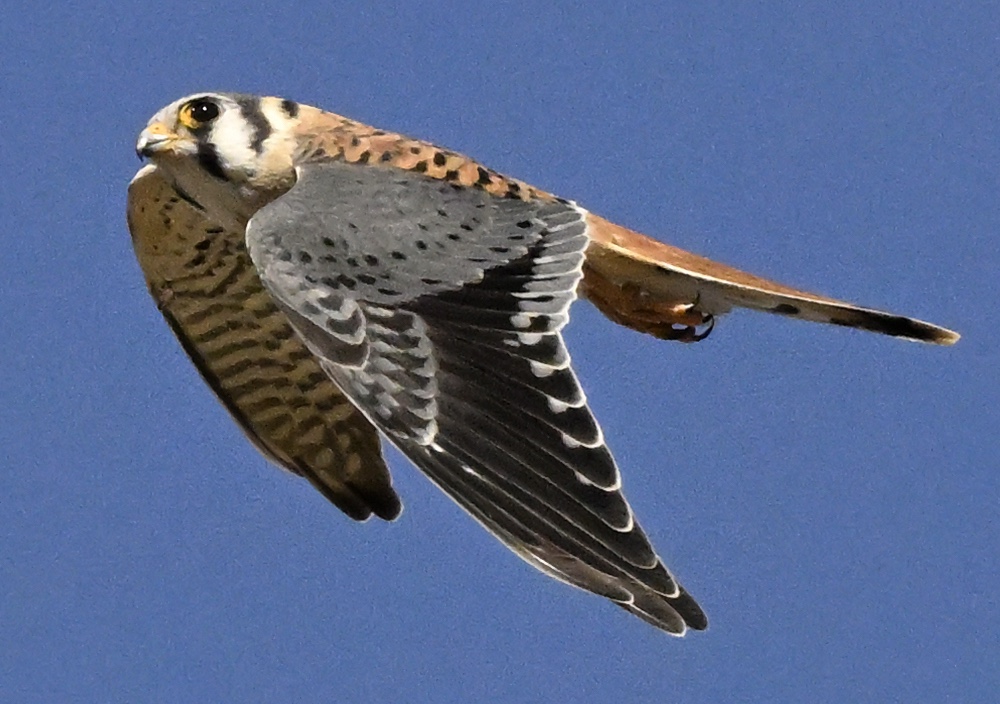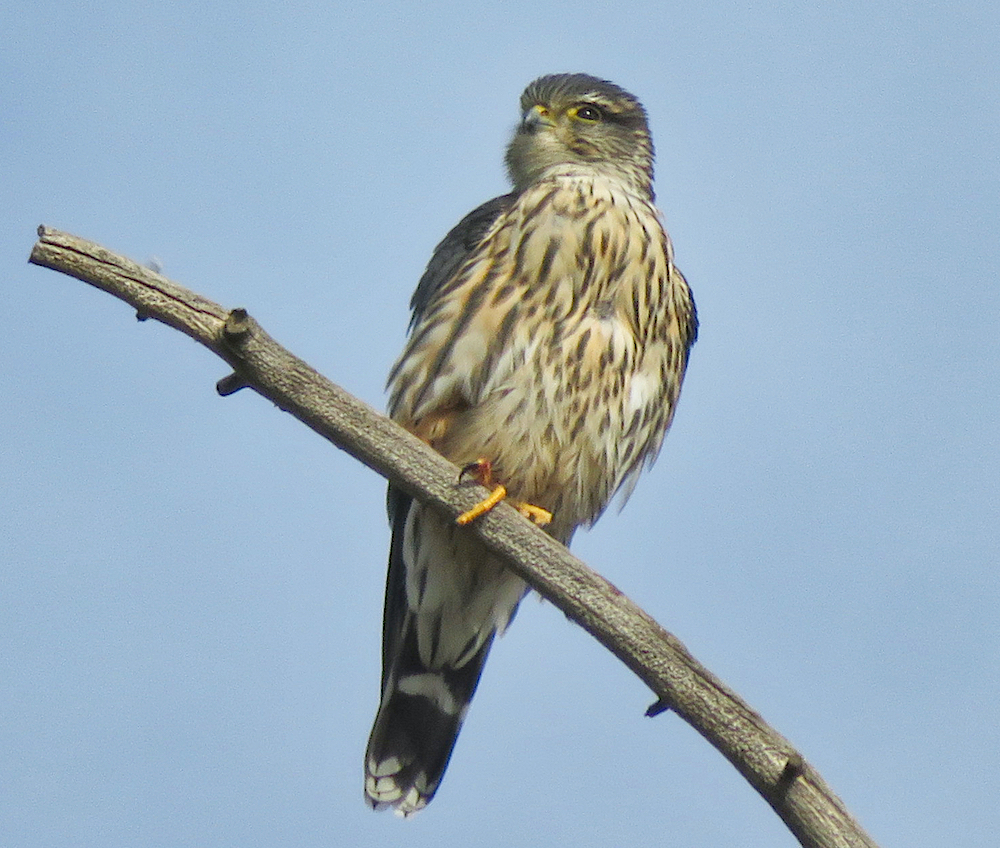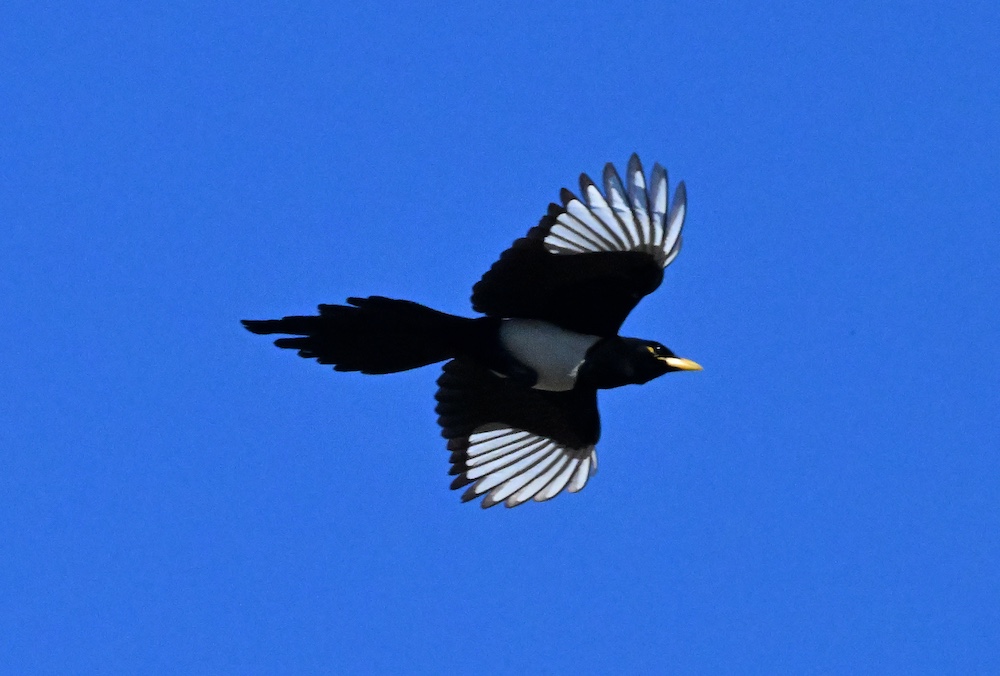
Always wanted to learn more about birds but not sure where to start? Join Shasta Birding Society for a family and beginner friendly bird walk at the benches by the Sundial bridge at 9 am and discover the hidden world of birds all around us! We will start birding across the iconic Sundial Bridge and continue inside the botanical garden. The trail is wheelchair accessible and benches are found throughout. The walk will last about 1 hour. Binoculars are provided. Join our trip leader, David Garza and other local birders, as we take a leisurely one mile walk though one of Redding’s best birding hotspots. This walk will begin at the south end of the Sundial Bridge and take us north, across the Sacramento River to view waterfowl, woodpeckers, raptors, sparrows, and more. From the bridge there are excellent views of the river and surrounding mountains. On the other side of the river, and throughout the botanical garden, we will be able to find several species of songbirds. Raptors are common in the area, including the Bald Eagle and Osprey. Early autumn is a great time of year to find migrating birds passing thought the area, before they head further south. Park in the Turtle Bay Parking Lot. Rain cancels. Want more information? Contact Larry Jordan at thelarryjordan@gmail.com

We are again scheduling a visit to the ponds targeting waterfowl, shorebirds and migrating warblers. Assemble at the Treatment Plant’s Administration Building at the end of Metz Road at 7:30 am sharp to meet your leader, Larry Jordan. This is a 1/2-day trip that may end in the early afternoon if the birding is good. Directions to the Clear Creek Plant: Take Hwy 273 south, after crossing Clear Creek and past the Win-River Casino, take the second left turn at River Ranch Road and cross over the railroad tracks. Turn left on Eastside Rd. Entrance is at 2200 Metz Road on the right. Questions?  thelarryjordan@gmail.com
thelarryjordan@gmail.com

The wide-open vistas, grassy fields, large ponds and oak woodlands of Lema Ranch offer quite a variety of bird species. Winter waterfowl, woodpeckers and sparrows are a particular treat this time of year and if we’re lucky, we might spot a Canvasback or a Merlin! Meet at 8:00 am at Gate 10 located at the end of Lema Road, just past the maintenance facility. Park on the right-hand side of the road by the maintenance facility. We will walk the paved trails to view all five ponds. There is a bathroom located near Gate 10. Rain cancels the outing. Contact Larry Jordan at webmaster@shastabirdingsociety.org for more information.

This is a no fee area and a very active hotspot this time of the year, especially with all the recent weather events we have had in early 2025 so far. We are planning to meet at the Bass Pond Parking Lot at, 22459 Bend Ferry Rd, Red Bluff, CA 96080, at the main entrances to the Wetlands. Link: Paynes_Creek_Wetland-Bass_Pond
This half-day event should yield many varieties of waterbirds, raptors, woodpeckers, and many songbirds in this unique and open wetlands area. From the parking lot we will start with a walk on a two-mile loop through several ponds to the south side of the road. If time permits, we will take a short drive to Payne’s Creek Crossing to round out our journey. Please contact Dan Bye, by text/cell 530 228 9373 or email danbye56@gmail.com for more information.

Join Shasta Birding Society for a bird walk around Nur Pon Open Space. Nur Pon, or “Salmon Run” in the Wintu language, was once known as Henderson Open Space before the City of Redding and numerous other agencies began a restoration project that established a side channel along the Sacramento River for salmon spawning. The parkland has been cleared of debris, much of the non-native vegetation has been removed and the area fenced and secured. This easy walk of approximately 1.5 miles should take about three hours to identify the birds of river and oak woodland. Hiking boots are recommended for the river cobble areas. Nur Pon is off Hartnell Avenue at the intersection of Parkview Avenue and Henderson Road on the east side of the river. Note: dogs in the park are off leash. For more information email webmaster@shastabirdingsociety.org






